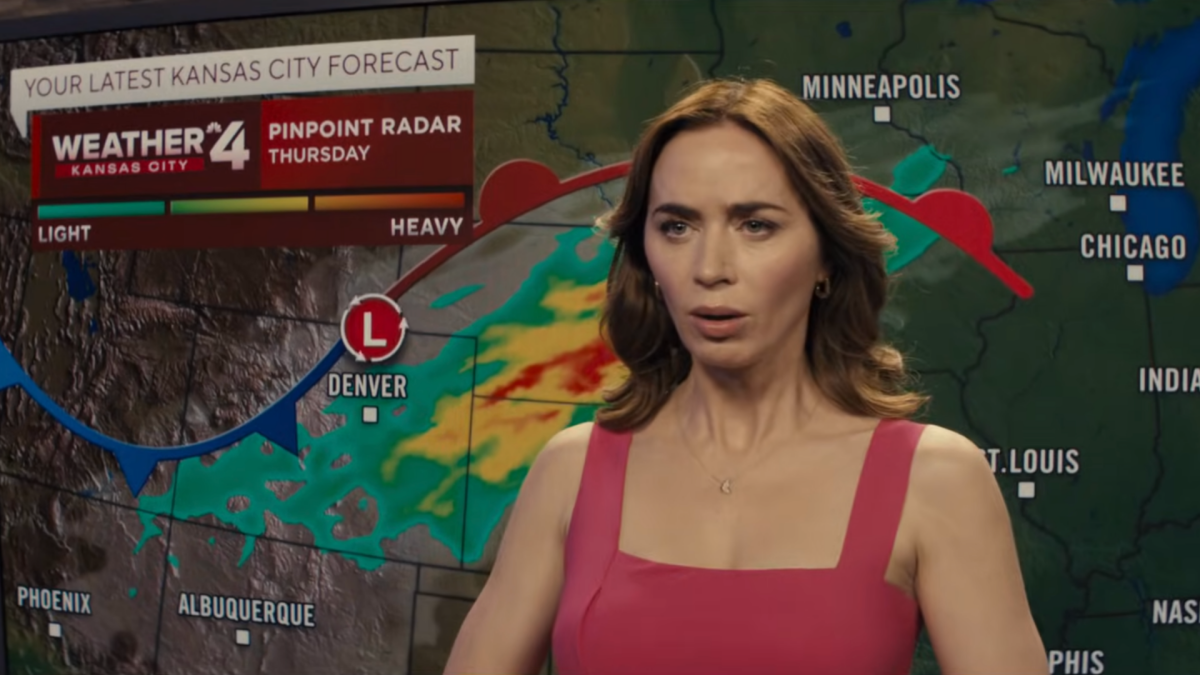
7/31: Team members in-briefed and developed plan for upcoming days, to include determining location and status of both federally protected listed species and of non-native/invasive species; identifying potential flash flood and debris flow areas; determining vegetation burn severity; surveying roads and culverts for damage and flooding/wash-out potential; checking for damage to trails and signs; and determining soil burn severity.
8/1-8/2: Team soil specialists and hydrologists went out into the White Sage Fire area to begin collecting data and comparing satellite-determined vegetation and soil burn severities against actual conditions on the ground. Vegetation specialists collected data on the resilience of post-Mangum Fire (2020) reseeded area vegetation in White Sage Fire-affected areas, and observed evidence of fire movement and severity in areas dominated by the non-native/invasive cheatgrass (Bromus tectorum). The team archaeologist researched available data and planned our fire-affected areas to survey for damage. The Recreation specialist began checking trails for damage which may compromise the integrity of the trails. Wildlife specialists inspected infrastructure, such as tanks, drinkers, and fencing. Engineers examined roads in drainage basins to determine which roads may be at greatest risk to damage and washouts when rain returns.
8/3: Hydrologists and soil specialists have completed field data gathering and have begun building and calibrating models to help determine which areas of the White Sage Fire area are at high and moderate risks of flooding and debris flows based on soil burn severity. Vegetations specialists are working to determine which areas within the fire footprint will be most prone to cheatgrass growth to help the Forest plan for and implement invasive plant control measures. The team archaeologists located and determined damage to or loss of cultural sites, and the recreation specialist continued determining fire impacts on the affected area trails (Arizona National Scenic Trail and the Navajo Trail). Engineers focused on roads and identifying potential post-fire impacts, specifically Forest Road 422A and BLM Road 1065/House Rock Valley Rd.







